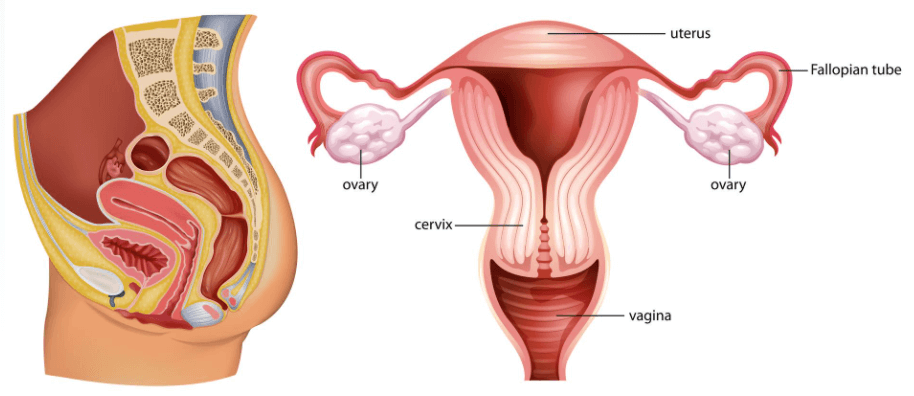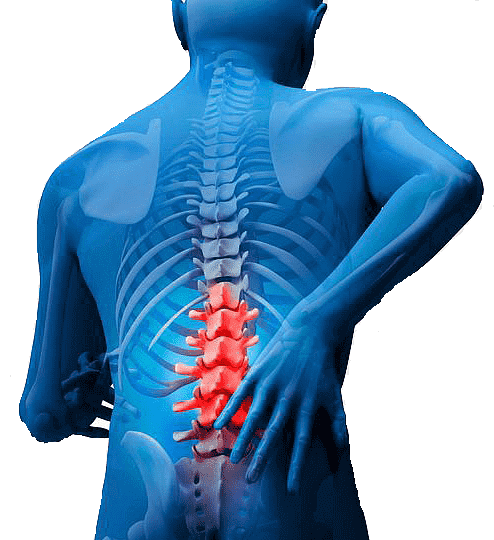- Cupping / Hijama Treatment Plan
- Body Part / Function Involved
- Symptoms and Effects
- Dietary Changes
- Changes in Lifestyle
- Alternative Remedies
Information on this site shall be considered as holistic, alternative and spiritual advice only. For medical advice and treatment a GP, medical professional and/or Certified Hijama Therapist should be consulted. In all circumstances where lifestyle changes, supplements, or other foods are suggested your GP should be consulted. Client Safety is the number one priority.
Cupping / Hijama Points Treatment Plan for Neck Pain and Shoulder Pain
Allow 2-4 weeks between sessions – longer if required. Hijama Points shown for each session should ONLY be used to guide the therapist. Body size, cup size, and any other conditions need to considered and appropriate care and attention taken. The number of sessions shown can be increased or reduced depending on the condition of the client.
Complete Treatment Plan
Click here for Session 1Click here for Session 2
Click here for Session 3
Click here for Session 4
Click here for Session 5
Standard Wet Points – 1,55,40,20,21
Click here for Hijama Points on the back of the bodyIf the client has a complicated history and numerous concerns then it is a good idea to use our online consultation service – click here.
Which body part or function is involved in Neck Pain and Shoulder Pain?
Pain in the neck and shoulder is very common due to poor posture causing strain or sprain in the area. The neck and shoulder region consists of various nerves, muscles, bones, ligaments, arteries, and many other structures supporting the movement and posture. The human neck is made of vertebrae extending from the skull and seven small bones, ligaments, muscles, and cervical discs for shock absorption. Due to the intricate nature and smaller size of these structures, they are susceptible to injuries and conditions like arthritis. The most commonly experienced problem associated with shoulder and neck impairment is cervical radiculopathy. Cervical radiculopathy is the compression of the spinal nerve at the root point. This compression is caused when some structures like an intervertebral disc or a bone spur that are formed because of wearing and tearing encounter the nerve root causing symptoms like pain and nerve irritation leading to cervical radiculopathy. It can also occur due to herniation of the nearby disc, infection or in rare cases tumor and produce impairment like pain, numbness or sensory defects in the neck and arm region.

What are the symptoms and effects of Neck Pain and Shoulder Pain on the body?
The simultaneous pain in the neck and shoulder is common among people that can vary in intensity from mild to severe and may appear as shooting pain, spasm, numbness, stiffness, tingling, and soreness. But in rare cases, pain in the neck and shoulder can be a sign of heart attack or stroke. There are various causes of neck and shoulder pain most commonly it occurs because of sprains and strains from improper posture and overexertion and sports.
One common cause of pain in the neck and shoulder is soft tissue injuries that include ligaments, tendons, and muscles. The injuries in these tissues can cause a variety of pain including muscle spasms, headache, and stiffness.
Sometimes the cervical discs shrink and the normal distance between the vertebral discs is lost leading to damage of the involved discs. Due to this the inner softer portion sometimes protrude through the vertebrae term as slipped and herniated causing symptoms like numbness, pain, tingling, and burning in the neck region.
Whiplash or tearing of the neck muscles, ligaments, and tendons due to abrupt movement in case of fall, head blow, or collision in sports or accident. The symptoms of this include pain, stiffness, blurred vision, exhaustion, and headache.
Another cause of shoulder pain involves tearing off of a set of four tendons called rotator cuff holding the upper arm in the shoulder blade. This can happen due to injury, sports-related stress, aging causing severe pain and weakness.
Neck and shoulder pain may also be a sign of heart attack, or stable angina causing symptoms like pain in the neck, shoulder, or jaw. Similarly, frozen shoulder or adhesive capsulitis that affects people of age group 40 to 60 years, is another painful condition making the shoulder or arm movement extremely difficult.
Several other causes may also lead to shoulder and neck pain in people including gallstones, shoulder separation, broken shoulder blade, shoulder tendinitis, stinger injury, broken collarbone (clavicle), stroke, thoracic outlet syndrome, sleeping posture, muscle strain, cervical radiculopathy, cervical osteoarthritis, shoulder osteoarthritis.
What changes in diet can help improve symptoms of Neck Pain and Shoulder Pain?
Taking a diet rich in anti-inflammatory nutrients can help ease neck and shoulder pain. It is recommended to have one serving of vegetables and two servings of fruits daily to meet the antioxidant requirements of the body. Fish rich in omega-3 and taking the right amount of good fats present in nuts, olive oil, flaxseeds, taking legumes and whole grains, calcium, vitamin D, magnesium are recommended to improve inflammation.
Changes in lifestyle which can help Neck Pain and Shoulder Pain
To improve neck and shoulder pain lifestyle changes play a crucial role. Most of the time simple changes in sleep pattern, sitting posture, and physical activity can relieve pain. It is recommended to keep the head in a neutral position while sitting or driving to avoid stress on the cervical spine. Regular stretching and taking breaks from sitting and doing repetitive work every hour can reduce some strain from the neck and shoulders. Also, taking good sleep at night on a firm mattress and suitable pillow reduces the stiffness and relaxes the cervical spine.
Possible alternative remedies for Neck Pain and Shoulder Pain
To improve the symptoms of neck and shoulder pain follow some simple steps like applying ice packs and heating pads to the affected area, take over the counter (OTC) pain killers like acetaminophen, take a break from regular sports or heavy lifting to improve the symptoms, do neck and shoulder related exercises, massage the affected area gently, try electrotherapy for neck and shoulder pain, and do strengthening exercises for neck and shoulder to avoid further damage.




